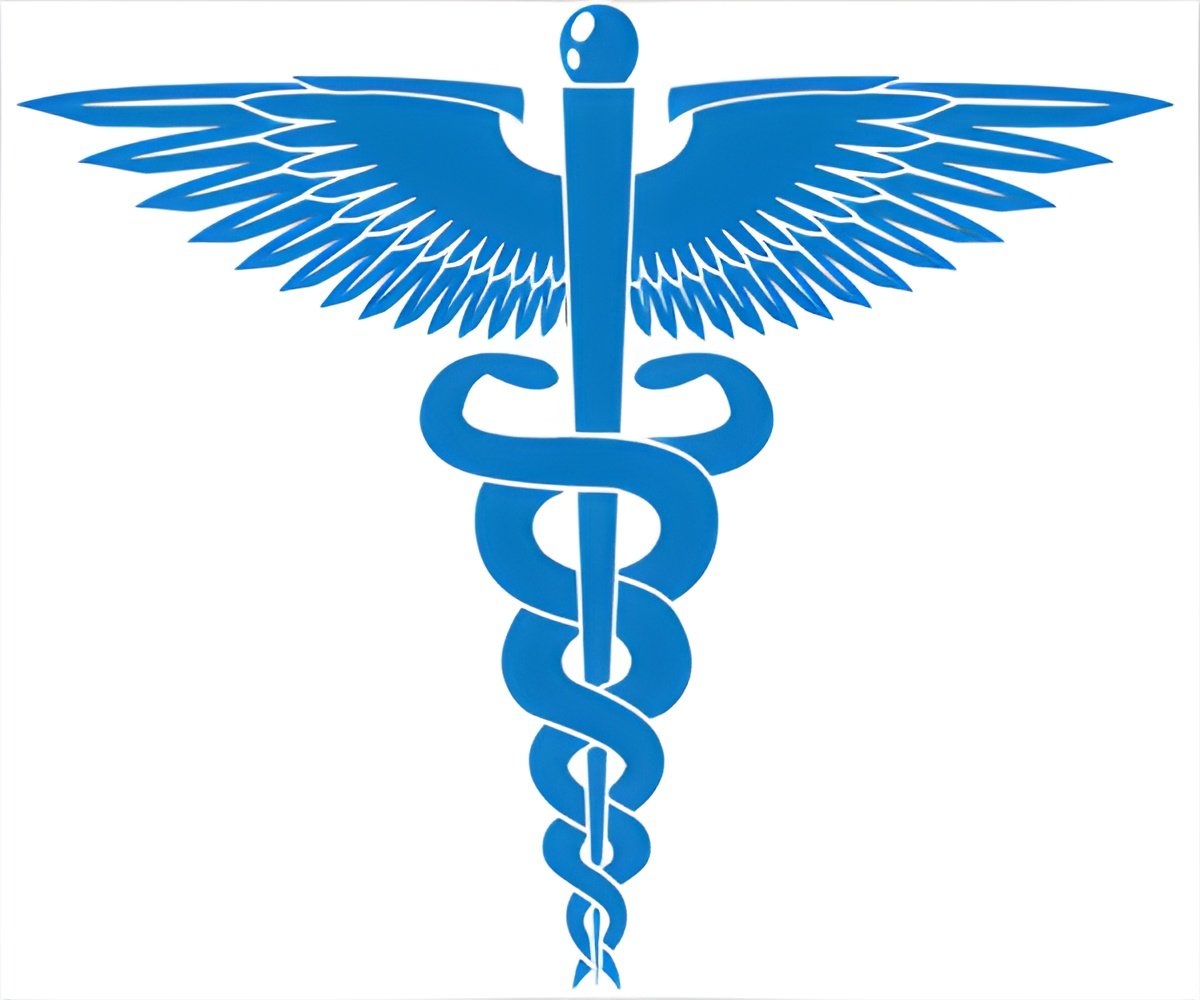The advantage of the hand is its fun aspects which can make the child feel like he is dressed up in a costume instead of wearing a medical prothesis.

The device, which is worn like a glove and attaches with Velcro, costs less than 50 euros ($55) to produce and can easily be replaced with a larger model as the boy grows up. It is designed for children who have a wrist and a palm. The artificial hand grasps objects when the user bends his or her wrist, and can be attached without surgery. It allows users to do things like riding on swings or a scooter that are difficult to do without fingers. However, there are limitations, the prothesis does not allow for more precise activities like tying shoes.
His mother Virginie said, "He is going to have a superhero hand the color of his choice, that he can take off when he wishes. It will be fun for him on the school yard with his friends."
Thierry Oquidam, the volunteer who produced the prothesis, said, "The advantage of the hand is its fun aspects which can make the child feel like he is dressed up in a costume instead of wearing a medical prothesis. 3D printing is completely changing the approach of certain professions, in particular medicine."
Protheses like Maxence's have neither been tested nor approved by France's health authorities.
Source-AFP









